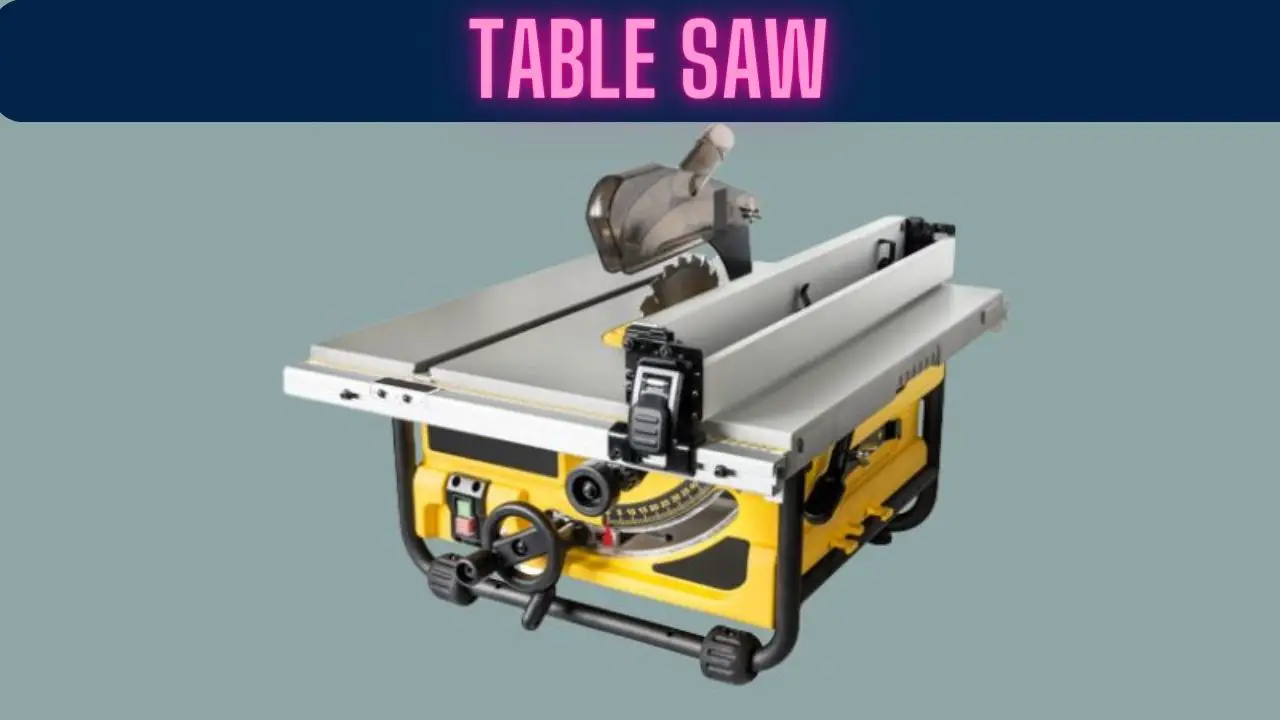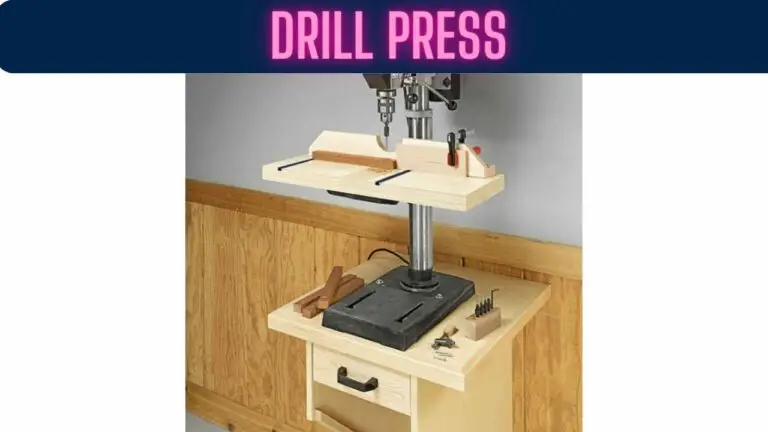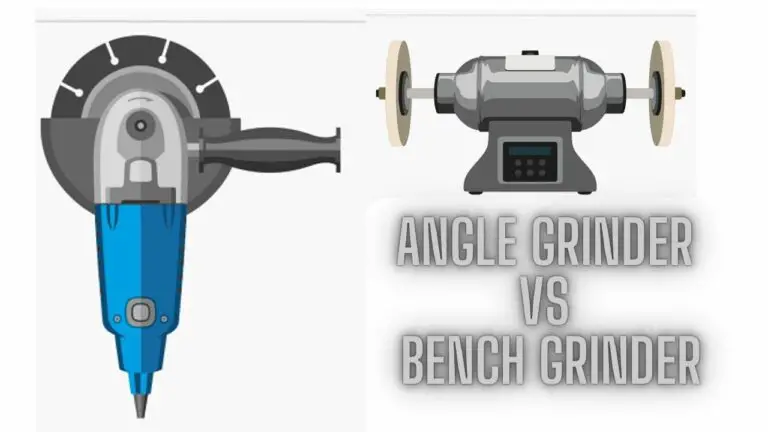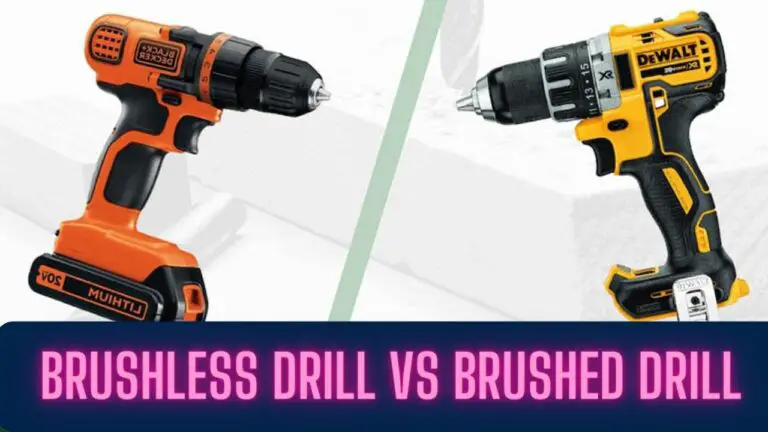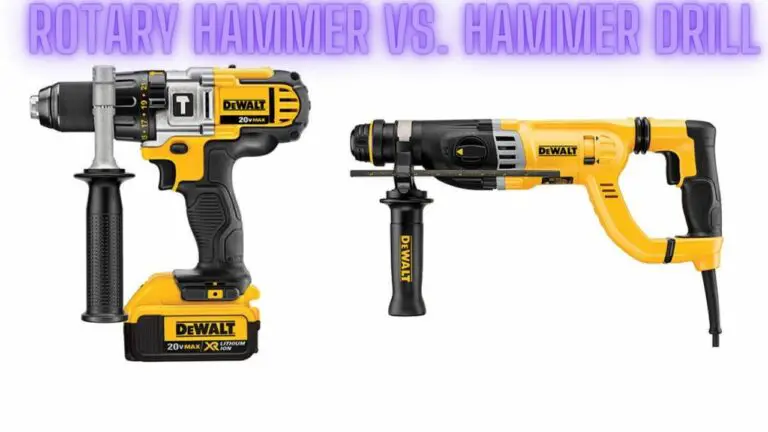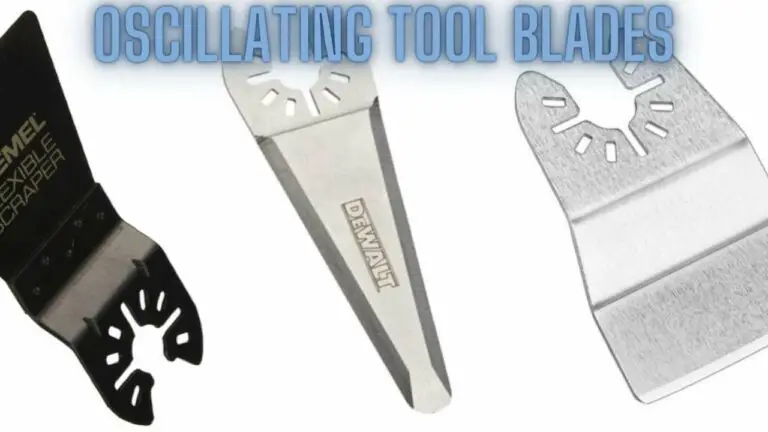What is a Table Saw? Exploring the Diverse Types of Table Saws for Woodworking
Introduction
Table saws are indispensable tools in woodworking, offering precision and versatility for a wide range of projects. However, not all table saws are created equal; there are several types available, each tailored to specific tasks and user preferences. In this article, we will delve into the various types of table saws, highlighting their features, benefits, and common applications.
Table Saw
A table saw is a cornerstone tool in the world of woodworking, celebrated for its versatility and precision. It’s a powerful machine that simplifies the process of cutting wood into various shapes and sizes, making it an essential tool for both professional woodworkers and hobbyists. In this comprehensive guide, we’ll explore what a table saw is, how it works, its key components, and its various applications.
What is a Table Saw?
A table saw is a stationary woodworking tool that features a flat table-like surface with a circular saw blade protruding from the center. The blade can be adjusted in height and tilted to make different types of cuts. The workpiece is pushed or guided through the blade, allowing for accurate and controlled cuts.
Key Components of a Table Saw:
- Tabletop: The flat surface upon which the workpiece is placed and moved through the blade. It often includes measurement markings for precise cuts.
- Blade: The circular cutting tool that protrudes above the tabletop. Blades come in various sizes and tooth configurations for different types of cuts.
- Rip Fence: A guide that runs parallel to the blade and is used to make straight cuts along the length of the workpiece. It ensures consistent and accurate cuts.
- Miter Gauge: A tool used to guide the workpiece at specific angles to the blade, enabling accurate crosscuts and angled cuts.
- Blade Guard: A safety feature that covers the blade, protecting the user’s hands from accidental contact while allowing visibility of the cut.
- Riving Knife: A safety device positioned behind the blade, preventing the cut material from pinching the blade and reducing the risk of kickback.
- Motor: The power source that drives the blade’s rotation. Motors can be powered by electricity or other sources, depending on the type of table saw.
- Dust Collection System: Many modern table saws have integrated systems to collect sawdust and debris, keeping the work area cleaner.
How Does a Table Saw Work?
A table saw is a powerful woodworking tool used for making straight and accurate cuts in various materials, primarily wood. Here’s how it works:
- Blade and Motor: At the heart of the table saw is a circular saw blade mounted on an arbor, driven by an electric motor. The motor generates the power necessary to rotate the blade at high speeds, typically between 3,000 and 5,000 revolutions per minute (RPM).
- Table Surface: The table saw features a flat, horizontal surface that serves as a stable platform for supporting the material being cut. This surface is typically made of cast iron or aluminum to provide strength and stability.
- Fence: The fence is a guide that runs parallel to the blade and allows for precise and straight cuts. It can be adjusted to set the distance between the blade and the edge of the material, controlling the width of the cut.
- Miter Gauge: The miter gauge is another guiding device that allows for angled cuts. It slides in a slot on the table and can be adjusted to various angles, allowing for bevel cuts and miter cuts.
- Blade Height and Angle Adjustment: The height of the blade can be adjusted to control the depth of the cut, while the angle of the blade can be adjusted to make bevel cuts. These adjustments are typically made using hand cranks or knobs located on the front or side of the saw.
- Safety Features: Modern table saws are equipped with safety features such as blade guards, splitters, and riving knives to help prevent accidents. These devices help to keep the material being cut firmly against the table and minimize the risk of kickback.
- Push Stick: A push stick is a safety tool used to guide the material through the blade, keeping the operator’s hands safely away from the cutting area. It’s especially useful when making narrow cuts or when the material is small.
- Dust Collection: Many table saws feature a dust collection port or system to help keep the work area clean by capturing sawdust and debris generated during cutting.
When operating a table saw, the material to be cut is placed on the table surface and guided through the blade using the fence or miter gauge. The operator controls the speed and direction of the cut while ensuring that safety precautions are followed to prevent accidents. With its precision and power, the table saw is a versatile tool capable of making a wide range of cuts for woodworking projects.
Applications of a Table Saw:
- Rip Cuts: Cutting wood along the grain, resulting in parallel strips. Used for creating boards of various widths.
- Crosscuts: Cutting wood across the grain at a 90-degree angle. Common for creating pieces of specific length.
- Miter Cuts: Angled cuts made across the width of the workpiece. Useful for creating joints and frames.
- Bevel Cuts: Angled cuts made along the edge or face of the workpiece. Often used for decorative edges and joints.
- Dado Cuts: Cutting a wide groove into the wood, used for joinery and fitting shelves.
- Rabbet Cuts: Cutting a notch along the edge of a board, commonly used for joinery and building boxes.
In conclusion, a table saw is a versatile and essential woodworking tool that simplifies the process of cutting wood with precision and accuracy. Its adjustable blade, various guides, and safety features make it a staple in woodworking shops worldwide. Whether you’re building furniture, crafting intricate designs, or simply making basic cuts, a table saw is your trusted companion in bringing your woodworking visions to life.
Types of Table Saws
1. Cabinet Table Saw: Precision Powerhouses
Cabinet table saws are the epitome of power and precision. These heavy-duty machines are designed for professional woodworkers and serious enthusiasts. They are characterized by their robust build, powerful motors, and precise cutting capabilities. Key features include:
- Powerful Motors: Cabinet saws often have high-horsepower motors, providing the muscle needed for cutting dense hardwoods and thick materials.
- Accuracy: These saws usually offer precise fence systems and reliable blade adjustments, ensuring accurate cuts.
- Stability: Their heavy construction reduces vibration, contributing to smoother cuts and enhanced safety.
- Dust Collection: Many cabinet saws come equipped with efficient dust collection systems to maintain a clean workspace.
2. Contractor Table Saw: Portability and Performance
Contractor table saws are a versatile choice for woodworking professionals who need a blend of power and portability. These saws are more mobile than cabinet saws, making them suitable for on-site work. Key features include:
- Portability: Contractor saws are designed to be moved easily, often featuring wheeled bases or collapsible stands.
- Decent Power: While not as powerful as cabinet saws, contractor saws still offer sufficient power for most woodworking tasks.
- Affordability: Contractor saws can provide a good balance between price and performance for those who need mobility without sacrificing too much power.
3. Hybrid Table Saw: The Best of Both Worlds
Hybrid table saws bridge the gap between cabinet and contractor saws, offering a combination of power, accuracy, and portability. They are ideal for woodworkers who require more features than a contractor saw but don’t need the full power of a cabinet saw. Key features include:
- Motor Options: Hybrid saws often feature more powerful motors compared to contractor saws, providing improved cutting capacity.
- Stability: While not as heavy as cabinet saws, hybrids offer enhanced stability compared to some contractor models.
- Advanced Features: Many hybrid saws incorporate advanced features such as improved dust collection and upgraded fence systems.
4. Jobsite Table Saw: Portable Convenience
Jobsite table saws are designed for professionals who require extreme portability without compromising on basic performance. These compact and lightweight saws are perfect for on-the-go projects and construction sites. Key features include:
- Portability: Jobsite saws are incredibly portable, often featuring foldable stands, compact designs, and carrying handles.
- Lightweight: These saws are lightweight compared to other types, making them easy to transport.
- Basic Functionality: While not as powerful or accurate as larger saws, jobsite saws still provide essential cutting capabilities for construction and basic woodworking tasks.
5. Benchtop Table Saw: Entry-Level Convenience
Benchtop table saws are compact and lightweight options suitable for beginners, hobbyists, and those with limited workspace. These saws are designed to sit on a workbench or table. Key features include:
- Portability: Benchtop saws are extremely portable and can be stored away when not in use.
- Space-Saving: They are perfect for small workshops or spaces where a larger table saw wouldn’t fit.
- Basic Cutting: Benchtop saws are best for light-duty tasks and smaller projects, offering basic cutting capabilities.
Maintenance and Troubleshooting
Maintenance and troubleshooting are crucial aspects of ensuring the proper functioning and longevity of a table saw. Here’s a guide to maintenance and troubleshooting for a table saw:
Maintenance:
- Regular Cleaning:
- Remove sawdust, debris, and buildup from the table, blade, fence, and other components after each use.
- Use a brush or vacuum to clean hard-to-reach areas.
- Keep the tabletop smooth and free of rust by applying a light coat of rust-preventative oil or wax.
- Lubrication:
- Apply lubricant to moving parts such as gears, bearings, and elevation mechanisms to ensure smooth operation.
- Follow the manufacturer’s recommendations for the type and frequency of lubrication.
- Blade Inspection and Replacement:
- Regularly inspect the blade for signs of wear, damage, or dullness.
- Replace the blade if it is chipped, bent, or no longer cuts efficiently.
- Ensure the blade is properly aligned and tightened securely on the arbor.
- Alignment Check:
- Periodically check and adjust the alignment of the blade, fence, and miter gauge to ensure accuracy.
- Use a combination square or specialized alignment tools for precise adjustments.
- Electrical Safety:
- Inspect the power cord and plug for any damage or wear.
- Ensure the power switch and emergency stop mechanisms are functioning correctly.
- Regularly check for loose connections and electrical issues.
- Dust Collection System:
- Clean or replace the dust collection port and hoses to maintain efficient dust extraction.
- Empty the dust collection bag or container regularly to prevent clogs and maintain suction.
Troubleshooting:
- Blade Alignment Issues:
- If cuts are not straight or accurate, check the alignment of the blade, fence, and miter gauge.
- Adjust the components as needed to ensure proper alignment.
- Motor Problems:
- If the motor fails to start or operates erratically, check for electrical issues such as loose connections or tripped breakers.
- Inspect the motor brushes and replace them if worn or damaged.
- Vibration and Noise:
- Excessive vibration or noise may indicate loose components, worn bearings, or an unbalanced blade.
- Tighten loose parts, replace worn bearings, and ensure the blade is properly balanced.
- Poor Cutting Performance:
- If the saw struggles to cut through material or leaves burn marks, the blade may be dull or improperly aligned.
- Sharpen or replace the blade and adjust the alignment for improved cutting performance.
- Safety Features Malfunction:
- If safety features such as the blade guard or riving knife fail to function correctly, inspect for obstructions or damage.
- Repair or replace damaged safety components to ensure safe operation.
Regular maintenance and prompt troubleshooting can help identify and address issues before they escalate, ensuring safe and efficient operation of the table saw. Refer to the manufacturer’s manual for specific maintenance instructions and troubleshooting tips tailored to your table saw model.
Safety Tips for Specific Materials
Safety precautions can vary depending on the type of material you’re cutting with a table saw. Here are some general safety tips for specific materials commonly used in woodworking:
- Wood:
- Wear appropriate personal protective equipment (PPE) such as safety glasses, hearing protection, and potentially a dust mask.
- Check the wood for any knots, cracks, or defects that could cause kickback or binding during cutting.
- Use a sharp blade appropriate for cutting wood to reduce the risk of kickback and achieve clean cuts.
- Ensure the wood is properly supported and secured to prevent movement or kickback during cutting operations.
- Avoid cutting pressure-treated wood or wood with embedded metal objects, as these can damage the blade and pose safety hazards.
- Plastics:
- Wear safety glasses and a dust mask to protect against airborne particles and fumes generated during cutting.
- Use a blade specifically designed for cutting plastics, with fewer teeth and a lower tooth angle to reduce melting and chipping.
- Cut plastics at a slower speed to minimize heat buildup and prevent melting or warping of the material.
- Support the plastic workpiece adequately to prevent bending or flexing during cutting, which can lead to inaccurate cuts or kickback.
- Avoid cutting highly flammable plastics or materials containing chlorine, as they can produce toxic fumes when heated.
- Metals:
- Wear safety glasses, gloves, and long sleeves to protect against sharp edges, metal chips, and sparks.
- Use a blade specifically designed for cutting metal, with carbide-tipped teeth and a slower cutting speed.
- Secure the metal workpiece firmly in place using clamps or a vise to prevent movement or vibration during cutting.
- Use cutting lubricants or coolants to reduce friction and heat buildup, prolong blade life, and improve cutting performance.
- Avoid cutting ferrous metals (such as steel) on a table saw unless using a specialized blade and appropriate safety precautions due to the risk of sparks and heat generation.
- Composite Materials (e.g., MDF, particleboard):
- Wear a dust mask or respirator to protect against airborne dust particles generated during cutting.
- Use a blade specifically designed for cutting composite materials, with carbide-tipped teeth and a high tooth count to minimize chipping and tear-out.
- Cut composite materials at a slower speed to prevent splintering and achieve cleaner cuts.
- Support the workpiece adequately to minimize vibration and prevent tearing or chipping of the material.
- Use caution when cutting composite materials containing adhesives or resins, as they may produce toxic fumes when heated.
Regardless of the material being cut, always read and follow the manufacturer’s recommendations and safety guidelines for your specific table saw and cutting applications. Additionally, practice good housekeeping by keeping the work area clean and organized to reduce the risk of accidents and injuries.
Table Saw FAQS
What is a table saw used for?
A table saw is a woodworking tool used to make straight cuts in wood, plywood, and other materials. It’s particularly effective for ripping (cutting along the length) and crosscutting (cutting across the width) of various wood pieces.
What are the main parts of a table saw?
The main parts of a table saw include the tabletop or work surface, the blade that protrudes through the surface, a rip fence for guiding the workpiece, a miter gauge for making angled cuts, a motor that drives the blade, and safety features such as blade guards and anti-kickback mechanisms.
What safety precautions should I take when using a table saw?
Always wear appropriate safety gear, such as safety glasses and hearing protection. Keep hands and loose clothing away from the blade and use push sticks or push blocks to maintain a safe distance from the blade. Ensure the blade guard and anti-kickback pawls are properly installed, and always follow the manufacturer’s safety guidelines.
What is the difference between a rip cut and a crosscut?
A rip cut is a cut made along the length of a board, typically with the wood grain. A crosscut is a cut made across the width of a board, often at a right angle to the wood grain.
Can I use a dado blade on a table saw?
Many table saws can accommodate dado blade sets, which are used to make wide and flat-bottomed cuts for things like joinery or creating dado joints. However, make sure your table saw is compatible with dado blades, and follow the manufacturer’s guidelines for installation.
What’s the purpose of a miter gauge?
A miter gauge is a tool that helps you make accurate angled cuts. It slides in a groove on the tabletop and can be set at various angles to guide the workpiece as it moves past the blade.
How do I maintain a table saw?
Regular maintenance includes cleaning the tabletop, keeping the blade clean and sharp, checking and tightening all bolts and screws, and ensuring the saw’s safety features are functioning correctly. Lubricate moving parts as per the manufacturer’s recommendations.
Can I use a table saw for cutting materials other than wood?
While table saws are primarily designed for wood, some models might be capable of cutting materials like plastic, aluminum, and light metals. Check the manufacturer’s specifications and guidelines for the appropriate materials.
What is a riving knife?
A riving knife is a safety device that prevents the workpiece from pinching the back of the blade after a cut is made. It helps prevent kickback by keeping the kerf (cut) from closing up and binding against the back of the blade.
Are there table saws with safety features for beginners?
Yes, many modern table saws come equipped with safety features designed to protect users, especially beginners. These features can include blade guards, riving knives, anti-kickback mechanisms, and even advanced technology like flesh-sensing technology that can stop the blade quickly in case of contact.
Conclusion
In conclusion, the type of table saw you choose depends on your woodworking needs, workspace, and budget. Cabinet saws offer power and precision for professionals, while contractor, hybrid, jobsite, and benchtop saws cater to varying levels of portability, power, and convenience. By understanding the features and benefits of each type, you can make an informed decision and select the perfect table saw to enhance your woodworking endeavors.

